
Urban Green Spaces and Their Role in Sustainability
Urban green spaces, such as parks, gardens, and natural reserves, are vital components of modern cities. They serve as lungs for urban environments, promote biodiversity, and contribute significantly to the sustainability of urban areas. As cities grow denser, the need to integrate and expand green spaces becomes increasingly important for ecological balance and the well-being of city dwellers.
Ecological Importance of Urban Green Spaces
Urban green spaces provide essential habitats for numerous species of plants, birds, insects, and small mammals. These areas function as biodiversity reservoirs, offering safe havens for species that might otherwise struggle to survive amid urban development. By maintaining a variety of native plants and natural features, green spaces nurture intricate food webs and ecological relationships. This influx of biodiversity improves ecological resilience, helping urban areas recover from disturbances and adapt to changes, such as those brought about by climate change. Thus, green spaces are key for sustaining local wildlife populations and maintaining the ecological integrity of cities.
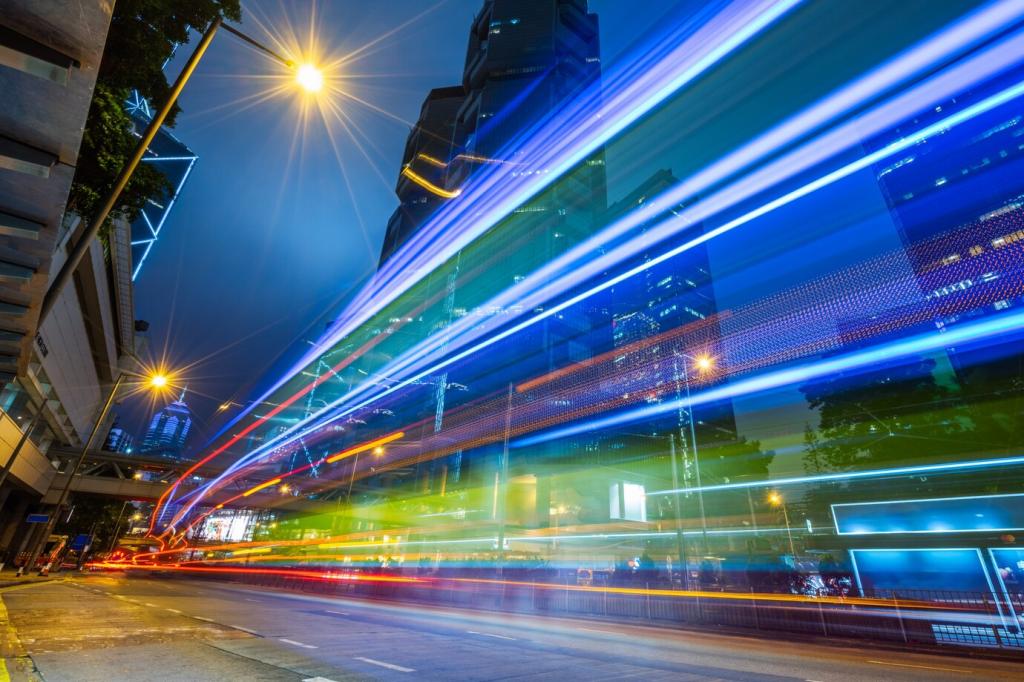
Social and Psychological Benefits
Promoting Mental Health and Well-being
Access to urban green spaces has been consistently linked with improved mental health and well-being. These environments provide opportunities for rest, relaxation, and escape from the stresses of urban life. Contact with nature, even for short periods, has been shown to reduce anxiety, depression, and mental fatigue. The calming presence of trees, grass, and water features contributes to a sense of tranquility and mindfulness. For many people, simply having a green view from their window can have meaningful positive effects on mood and general well-being.
Fostering Social Cohesion
Urban green spaces serve as communal grounds where people from diverse backgrounds can meet, interact, and build relationships. Neighborhood parks, community gardens, and city plazas facilitate social activities, ranging from casual gatherings to organized events and festivals. These shared experiences foster a sense of belonging and strengthen community bonds. In neighborhoods with ample green space, residents often report a greater sense of safety, mutual trust, and pride in their locality, all of which contribute to more cohesive, resilient communities.
Encouraging Active Lifestyles
Cities with abundant green spaces promote more active lifestyles among their residents. Parks, trails, and sports fields provide safe, inviting spaces for walking, jogging, cycling, and various recreational activities. Children benefit tremendously from opportunities to play outdoors, developing physical skills and reducing the risk of obesity. Adults and seniors alike are more likely to incorporate physical activity into their routines when convenient, attractive green spaces are available. Such daily movement is essential for physical health as well as reducing the risk of chronic diseases.
Green Spaces and Climate Resilience
Urban development often leads to an increase in impervious surfaces, worsening stormwater runoff and elevating flood risks. Green spaces counter this effect by absorbing rainwater and slowing surface runoff. The soil in parks and natural reserves allows water to infiltrate, storing it until it either evaporates or is taken up by plants. This not only reduces the likelihood of flash floods but also helps replenish groundwater reserves. Integrating green infrastructure such as rain gardens and bioswales into urban landscapes further increases the city’s capacity to manage unpredictable weather.
Trees, shrubs, and other plants within urban green spaces actively absorb carbon dioxide and other greenhouse gases, helping to mitigate the impacts of urban emissions. Over time, the carbon sequestered by urban forests can make meaningful contributions toward municipal climate action goals. Even small pockets of greening, like street trees or rooftop gardens, collectively help create a carbon sink that offsets emissions from transportation, energy, and industry. This role in climate mitigation underscores the necessity of protecting and expanding green zones within cities.
Urban green spaces buffer residents from extreme weather events by providing areas for heat relief and safe gathering points during emergencies. During heatwaves, parks and tree-lined corridors can become refuges from dangerously high temperatures. In the case of storms or natural disasters, green spaces can serve as assembly areas and support centers for emergency response. By planning and maintaining accessible, well-distributed green spaces, cities can increase their adaptability and protect vulnerable populations when facing unpredictable environmental conditions.
Economic Value of Urban Green Spaces
Increasing Property Values
Proximity to attractive and well-maintained green spaces is a strong driver of property values in urban areas. Homes near parks and landscaped areas tend to command higher prices and retain value even in fluctuating markets. This is due to the desirability of scenic views, recreational amenities, and healthier living conditions that green spaces provide. The uplift in real estate values can generate increased tax revenue for municipalities, enabling further investment in civic improvements and public services.
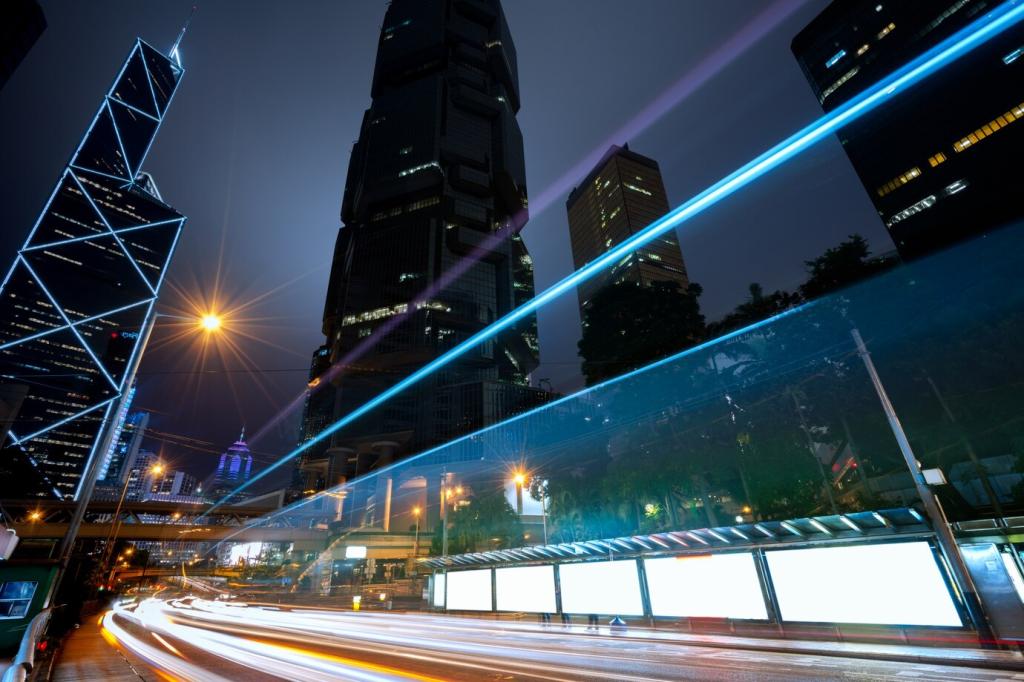
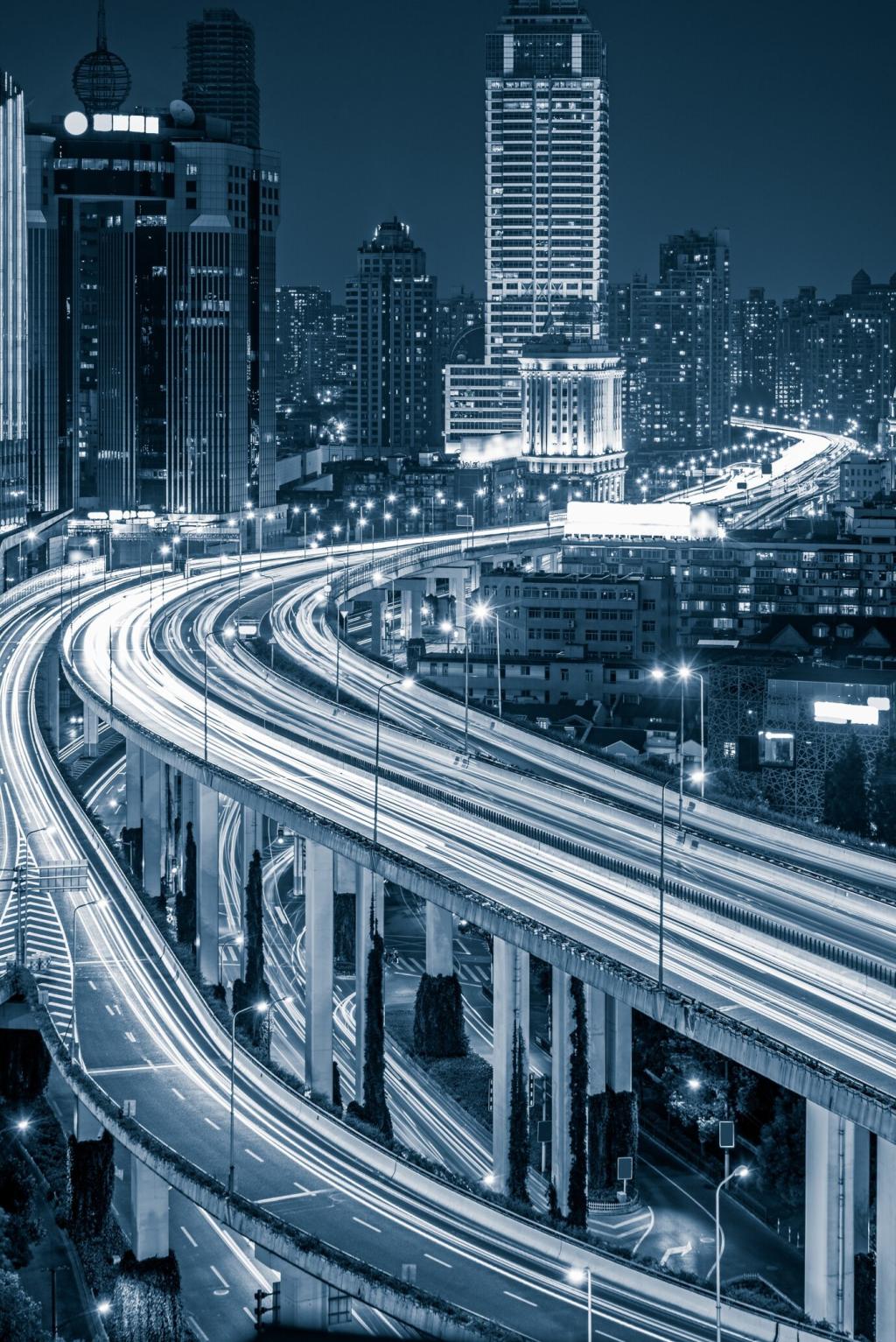
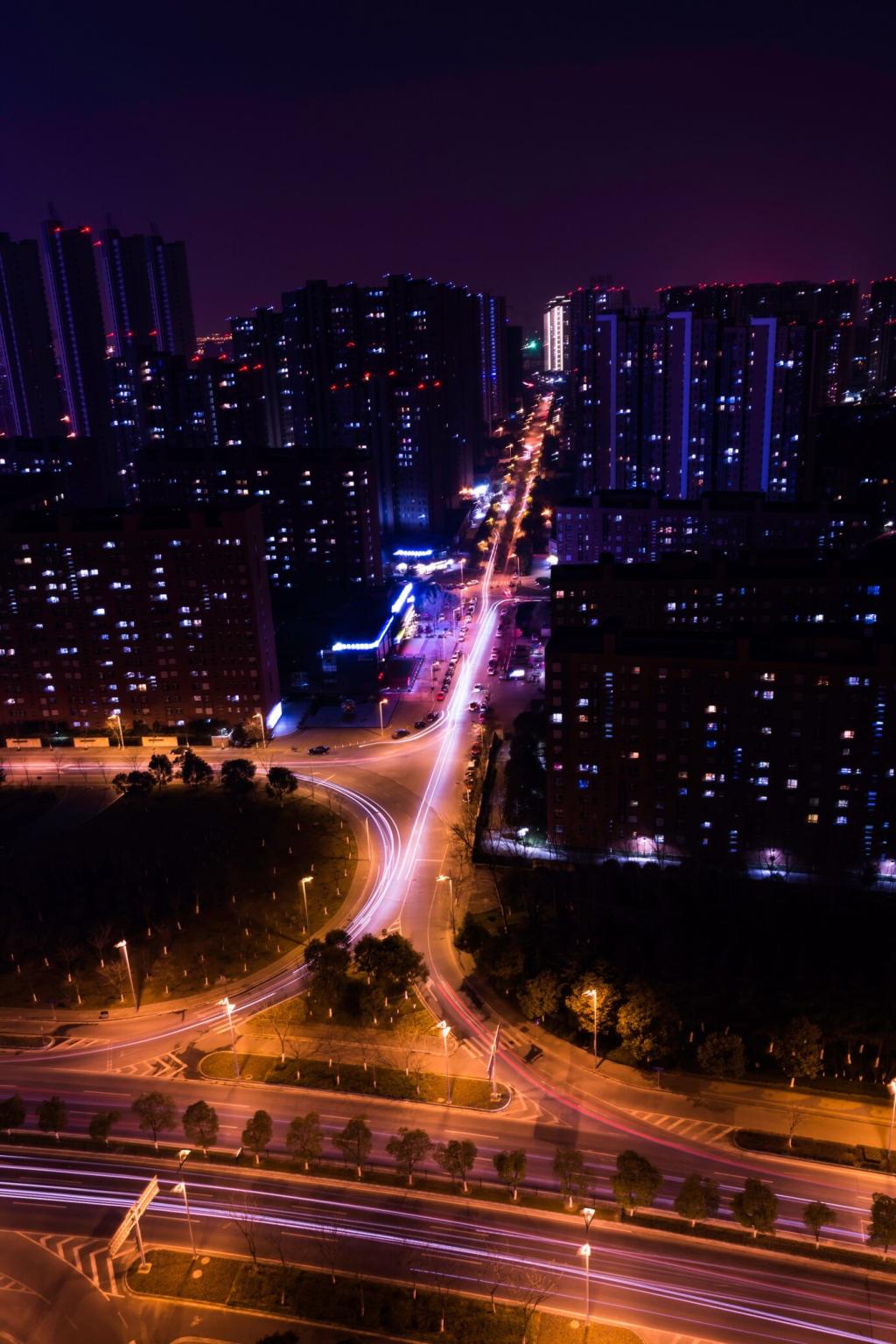
The Role of Citizen Participation
Citizens who participate in the planning, design, and upkeep of green spaces are more invested in their success. Community consultations ensure that spaces serve the actual needs of residents, fostering a sense of ownership and pride. Volunteer programs—for gardening, cleanup days, or educational programming—build lasting connections between people and their environments. Such engagement encourages respect for shared spaces and helps reduce vandalism or neglect. When urban green spaces reflect community input, they are more likely to thrive and adapt over time.
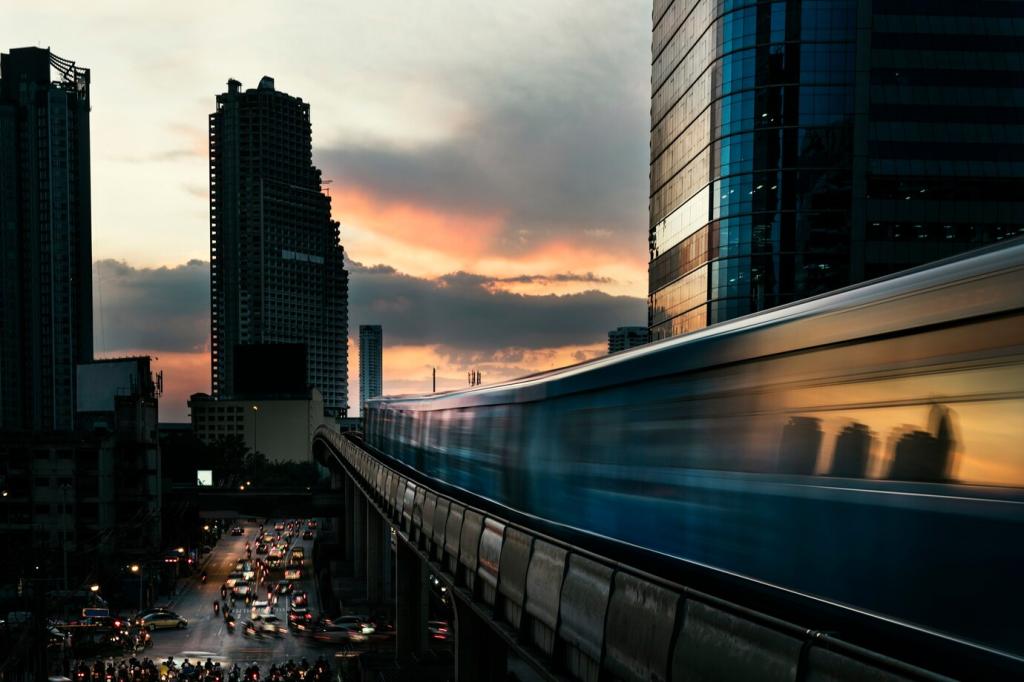
Education and Awareness Initiatives
Public education programs play a key role in raising awareness about the importance of urban green spaces and how to care for them. School visits, nature walks, interpretive signage, and environmental workshops inform people about local biodiversity, climate action, and sustainable practices. These initiatives not only enrich personal knowledge but also inspire proactive stewardship. Young people who learn about the value of green spaces are more likely to become lifelong advocates for sustainability and urban nature conservation.
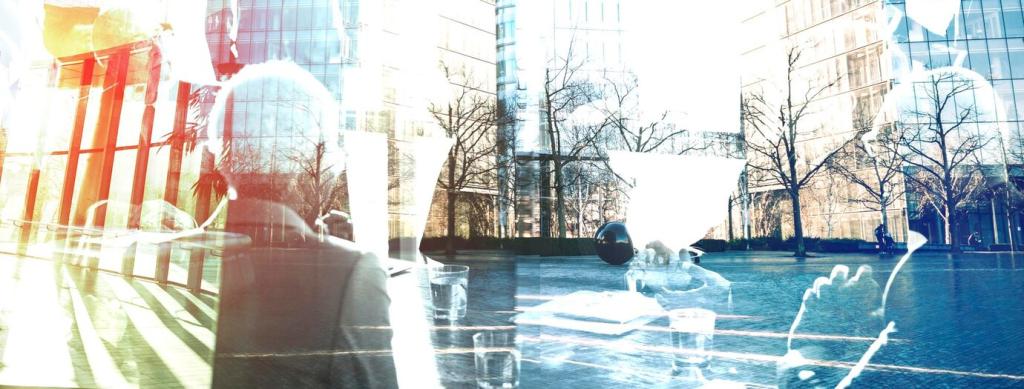
Inclusive and Accessible Green Spaces
For green spaces to fulfill their sustainability role, they must be inclusive and accessible to all city residents, regardless of age, ability, or socioeconomic status. This involves eliminating physical barriers, providing multi-use facilities, and designing features that welcome diverse groups. Equitable access ensures that the benefits of nature—physical health, recreation, and social connection—are shared across communities. By prioritizing inclusivity, cities can reduce health disparities and strengthen social cohesion, amplifying the positive impacts of urban green spaces.
Innovations in Urban Greening
With urban space at a premium, vertical gardens and green roofs present creative approaches to introducing vegetation in built environments. These solutions transform previously unused surfaces into thriving ecosystems, improving building insulation, reducing energy consumption, and supporting urban biodiversity. Green roofs, for example, help manage stormwater while providing habitats for pollinators and other wildlife. Vertical greening also enhances the visual appeal of the city, turning gray walls into living works of art and improving psychological well-being for urban residents.

